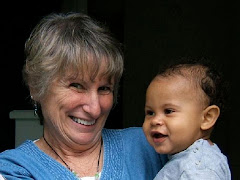Yesterday, I posted on my Challenging Children Facebook page, this question posed by a teacher: "what am I to do with a student who is not on task, causing other children to be off task, and taking my attention from those who want to learn?" here are 2 interventions that will, in most cases, elicit positive responses from the disruptive child as well as the other students in the class. #1. Develop the daily practice of greeting each child, as they enter your classroom, every day. This means that you, the teacher will be at the door, not as a hallway monitor, but as a "greeter". Personally address each child and make a mental note of the student's mood. #2. Pay particular attention to that child or children who seem a bit off that day. When this student or students appear off task, wander over to his desk during your lecture or during a seat assignment and gently touch the student's shoulder (unless of course you know that this is a student who will react negatively to this gesture). If you are uncomfortable touching a student, lean down and give a quiet, encouraging word. And #3: (Yes, I know I was only giving two interventions, but this one is an expansion of #2) Use #2 for amy child who appears off task or unfocused, even if he appeared just fine when you greeted her at the beginning of the class.
Sunday, September 23, 2012
Subscribe to:
Post Comments (Atom)



No comments:
Post a Comment
I really look forward to both your questions and comments.